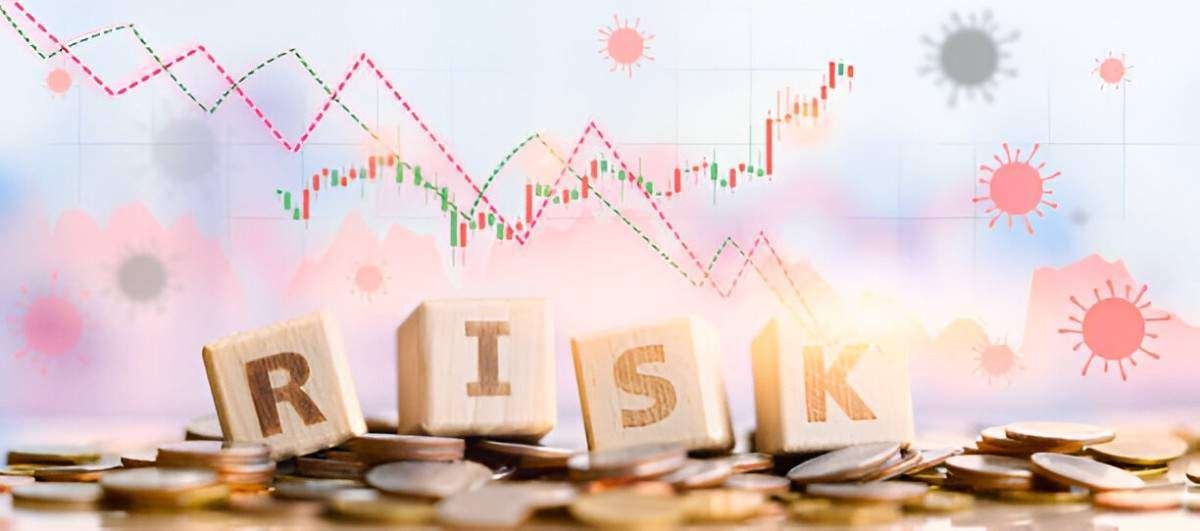The question of whether climate change risks are fully priced into the stock market is one that I’ve been thinking about for some time. With the increasing awareness of the dangers posed by climate change, it’s natural to wonder how much of these risks have already been reflected in stock prices. I want to explore this issue in depth, considering a variety of factors including market behavior, investor sentiment, regulatory actions, and how industries are evolving to address climate change.
When I think about the stock market’s pricing of climate risks, I start by recognizing that markets are not always efficient. While the Efficient Market Hypothesis (EMH) suggests that all publicly available information is reflected in stock prices, I’ve seen plenty of cases where markets do not fully price in long-term risks, particularly when these risks are difficult to quantify. Climate change falls squarely into this category. It’s a slow-moving, complex issue with a range of potential impacts, from regulatory changes to physical risks like natural disasters. The way the stock market handles these risks could be crucial for investors who are considering how to protect their portfolios or make the most of new opportunities.
Table of Contents
Understanding Climate Risks
Before diving into whether climate risks are priced in, I think it’s important to understand what I mean by “climate risks.” There are generally two types of risks associated with climate change: physical risks and transition risks.
- Physical risks: These include the damage caused by extreme weather events like floods, hurricanes, and wildfires. Physical risks can also include long-term impacts, such as rising sea levels or changing agricultural patterns.
- Transition risks: These risks arise from the shift to a lower-carbon economy. This shift could be driven by regulatory changes, technological advancements, or changes in consumer behavior. For example, governments may impose stricter emissions regulations, or industries may face disruption as renewable energy sources become cheaper and more efficient.
The Role of the Stock Market in Pricing Risks
The stock market is often seen as a forward-looking mechanism, meaning that it should price in future risks, including climate change. However, the reality is more complex. Let me break it down with an example.
Consider two companies in the energy sector: one that relies heavily on coal and another that is shifting towards renewable energy. The coal company faces significant physical and transition risks. The renewable company, on the other hand, is likely to benefit from regulatory shifts that encourage clean energy. However, when I look at the stock prices of these companies, they might not fully reflect these risks and opportunities, especially if the market believes the shift to clean energy will take time. Investors may discount long-term risks or opportunities in favor of short-term profits.
To explore this further, I’ve put together a comparison table below, illustrating how climate risks might impact stock prices differently for two companies in the energy sector.
| Company | Physical Risks | Transition Risks | Stock Price Impact |
|---|---|---|---|
| Coal Company | High (natural disasters, regulatory changes) | High (declining demand for coal, regulatory pressure) | Potential decline over time due to increasing risks |
| Renewable Company | Low (less exposure to extreme weather, growing support for renewables) | Moderate (competition, technological challenges) | Potential growth as demand for clean energy increases |
As we can see, the stock price of the coal company could be under pressure in the long run due to both physical and transition risks, while the renewable company might experience growth, though with some volatility.
Do Investors Fully Price In Climate Risks?
When I look at the current state of the stock market, I don’t think climate change risks are fully priced in. In my opinion, there are several reasons why this might be the case.
- Uncertainty and Long-Term Horizon: Climate change is a long-term risk. The full impact of climate change on global markets may not be felt for decades. As a result, many investors may not factor it into their investment decisions. This is particularly true for short-term investors who focus on quarterly earnings rather than long-term sustainability.
- Lack of Standardized Reporting: One of the challenges in pricing climate risks is the lack of standardized reporting. Companies vary in how they disclose their climate-related risks. Some companies, especially those in industries directly affected by climate change, provide detailed reports on their exposure to these risks. Others, however, may not provide sufficient data for investors to make informed decisions.
- Market Psychology and Behavioral Biases: Investors tend to focus on short-term events rather than long-term risks. Behavioral biases like overconfidence and the tendency to ignore risks that are far in the future can prevent the market from pricing climate risks accurately. In addition, when it comes to environmental risks, some investors might underestimate their impact or even believe that technological advancements will mitigate these risks.
- Regulatory Landscape: Government regulations related to climate change are evolving rapidly. This means that the market may not fully price in the risks until there’s more clarity on how regulations will affect industries. For example, new carbon taxes or stricter emissions standards could have significant financial implications for certain sectors, but investors might not fully appreciate these impacts until they are implemented.
Investor Sentiment on Climate Change
Despite these challenges, there are signs that the market is beginning to price in climate risks, particularly as awareness of climate change increases. More institutional investors are considering Environmental, Social, and Governance (ESG) factors when making investment decisions. ESG investing has gained significant traction over the past decade, and investors are increasingly seeking companies that are well-positioned to thrive in a world that is addressing climate change.
I’ve noticed that more and more companies are integrating sustainability into their business strategies, both to mitigate risk and seize opportunities. For instance, companies that produce electric vehicles or renewable energy technologies are often seen as benefiting from the transition to a low-carbon economy. Conversely, companies in fossil fuel-intensive sectors are facing growing pressure from investors to reduce their carbon footprint or risk being left behind.
Let’s take a closer look at how some industries are being affected by investor sentiment:
| Industry | Impact of Climate Change | Investor Sentiment |
|---|---|---|
| Fossil Fuels | High transition risk due to regulatory pressure and demand for cleaner alternatives | Decreasing interest from ESG investors, increasing scrutiny from regulators |
| Renewable Energy | Low physical risk, moderate transition risk due to competition and innovation | Strong interest from investors focused on sustainability and long-term growth |
| Agriculture | High physical risk due to changing weather patterns, droughts, and flooding | Growing interest in companies focused on sustainable practices and climate adaptation |
From this table, I can see that certain industries, like renewable energy, are benefiting from the growing investor interest in sustainability, while others, like fossil fuels, are facing challenges as investors increasingly factor in the risks associated with climate change.
Conclusion
So, after considering all of these factors, I’ve come to the conclusion that climate change risks are not yet fully priced into the stock market. The stock market is not perfect, and there are still many uncertainties surrounding climate change, its long-term impacts, and how industries will adapt. While there is growing awareness and some progress in integrating climate risks into investment decisions, I believe there’s still a lot of room for improvement.
For investors, this creates both risks and opportunities. On one hand, there are industries that are undervaluing climate risks and may face significant losses in the future. On the other hand, there are companies that are well-positioned to thrive in a world that is transitioning to a more sustainable, low-carbon economy. By being informed and taking a long-term view, I think investors can navigate the complex landscape of climate change risks and find opportunities that others may have overlooked.
I believe that as more data becomes available, as regulations evolve, and as public awareness increases, the stock market will begin to price climate change risks more accurately. But for now, there’s still time for investors to make adjustments and position themselves for the changes that are inevitably coming.





